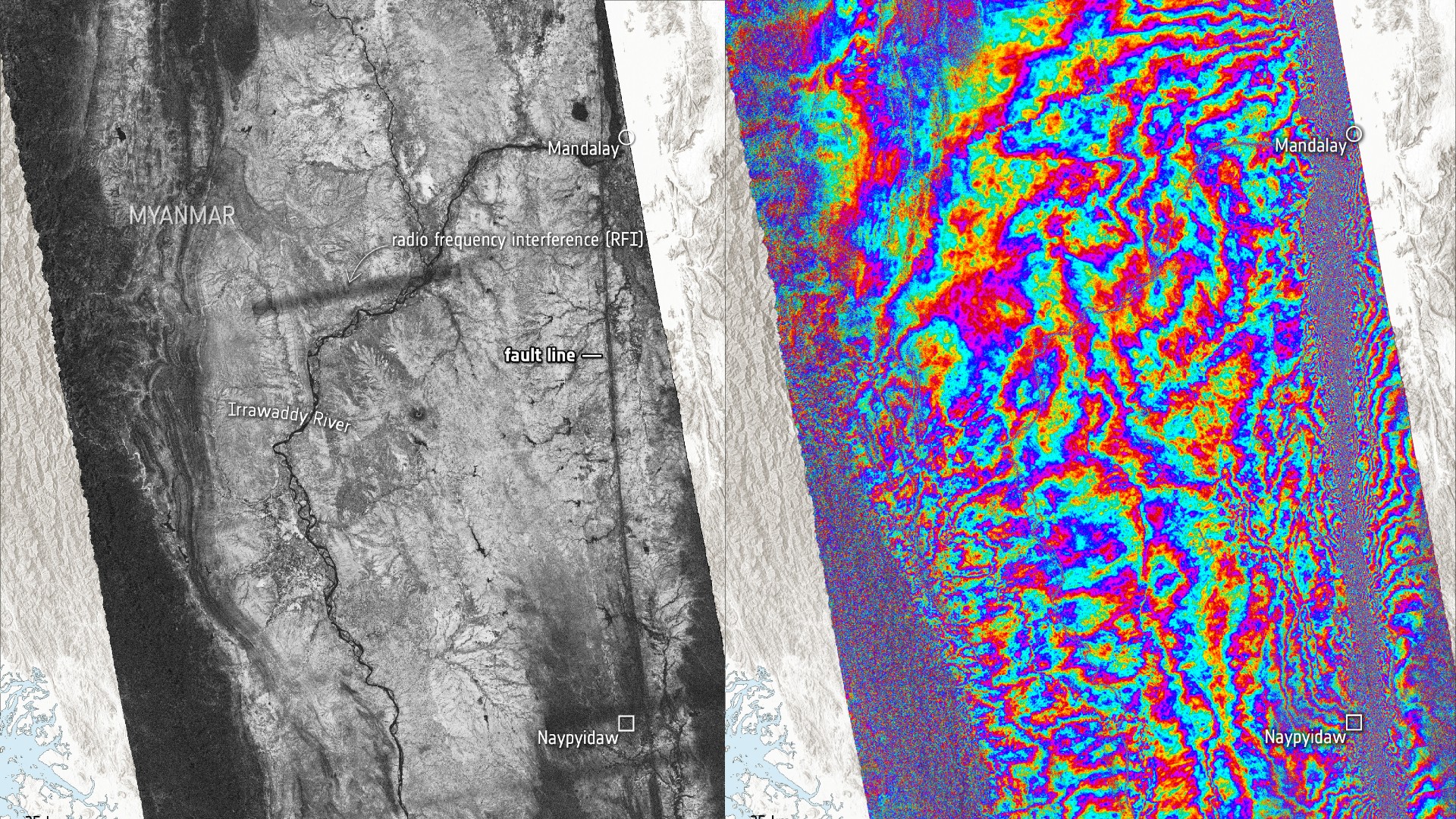Image of the Day Archives

For older Image of the Day pictures, please visit the Image of the Day archives. Pictured: NGC 2467.
I’m on the Edge of Glory
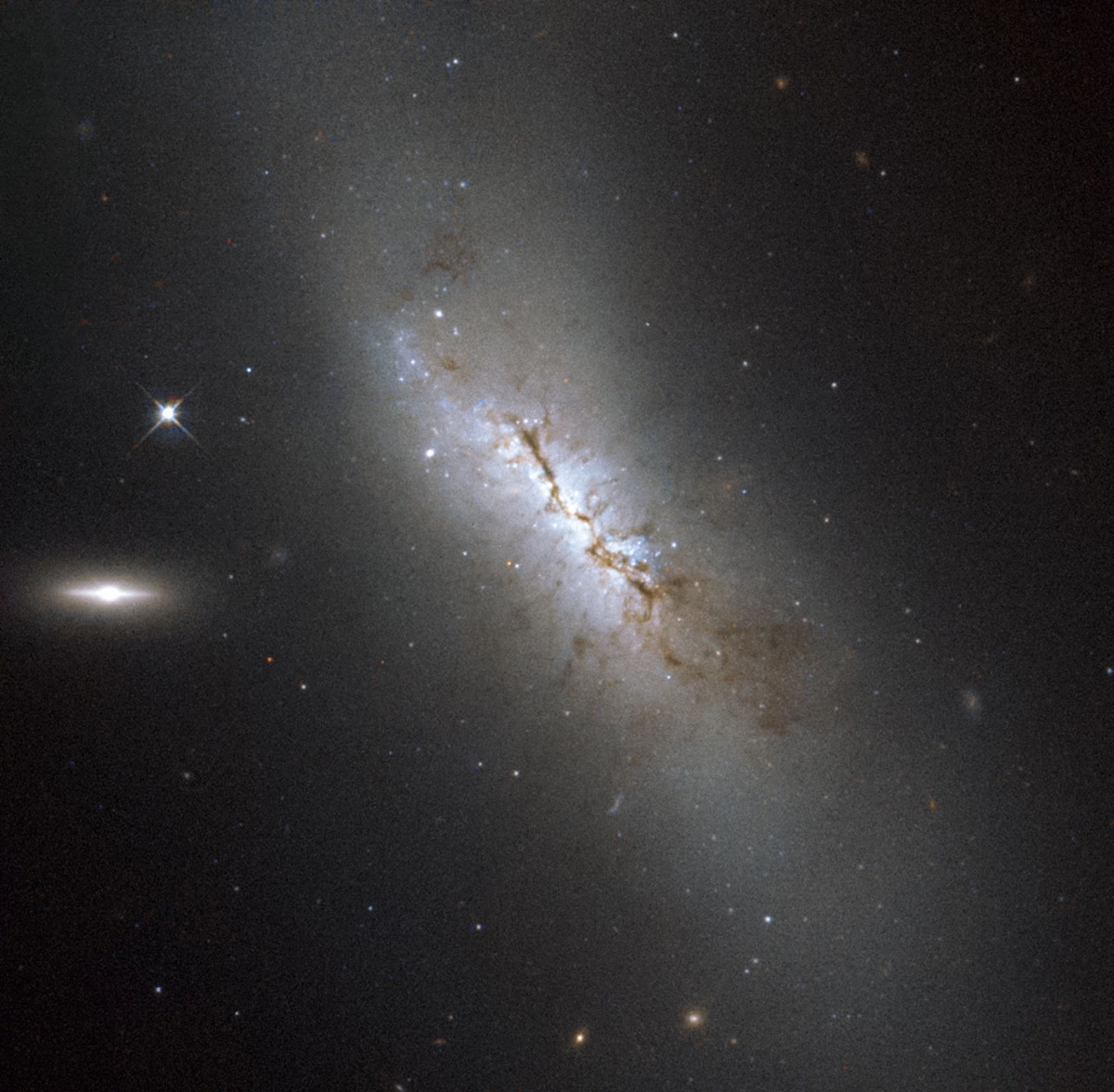
Monday, March 2, 2015: Galaxy NGC 4424, located in the constellation of Virgo, does not appear to the naked eye. This NASA/ESA Hubble Space Telescope image shows it edge on, but the galaxy does, in fact, possess a spiral shape. Another, smaller galaxy known as LEDA 213994 floats at the left, while the bright object closer to NGC 4424 is an anonymous star in the Milky Way. Image released Feb. 23, 2015.
— Tom Chao
Spiral Galaxy NGC 6300
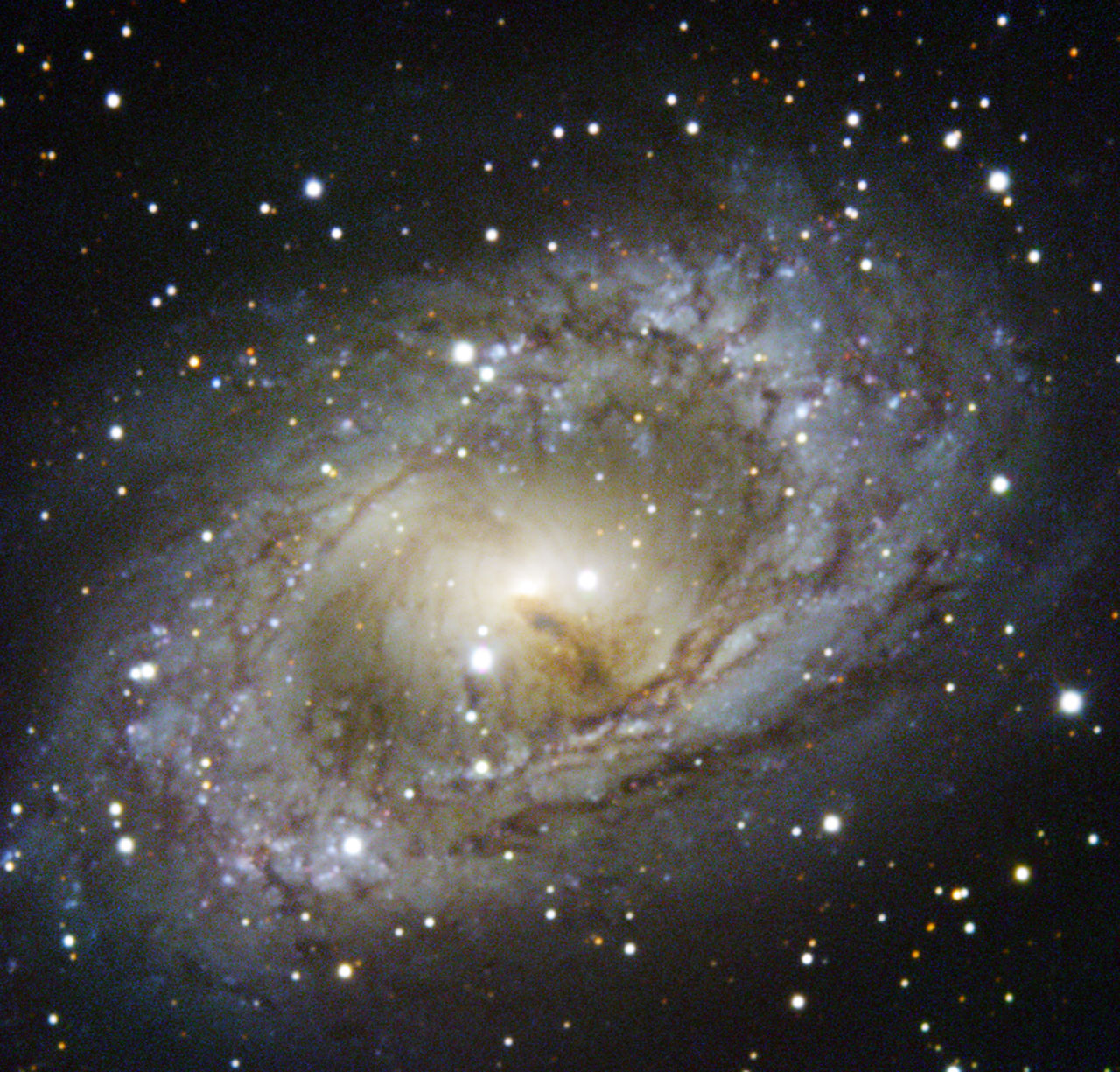
Tuesday, March 3, 2015: Spiral galaxy NGC 6300 lies in a starry patch of sky in the southern constellation of Ara (The Altar). It is classed as a Seyfert II galaxy, which possess unusually luminous centers emitting very energetic radiation. Astronomers think NGC 6300 contains a huge black hole in its center some 300,000 times more massive than the sun. This black hole emits high energy X-rays as feeds on the material it is pulling into it. Image released March 2, 2015.
— Tom Chao
Clear View
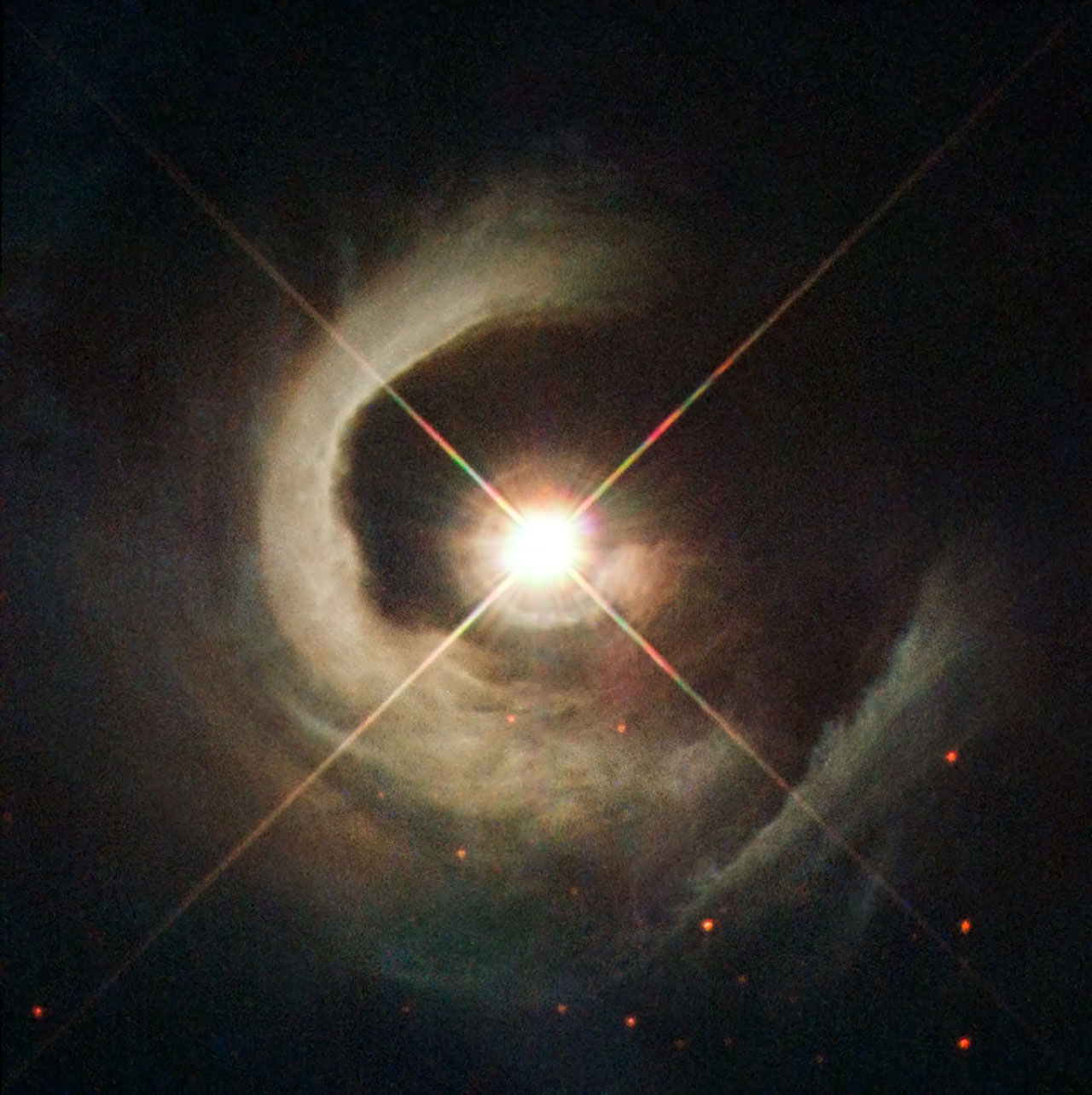
Wednesday, March 4, 2015: A helical reflection nebula surrounds young star V1331 Cyg, which lies in the dark cloud LDN 981 (Lynds 981). Usually, dust from the circumstellar disc and the envelope surrounding it obscures our view of a young star. In the case of V1331 Cyg, our position allows us to look almost directly at one of the star's poles. We are looking into a jet expelled by the star that clears the dust, producing this unobstructed view. Image released March 2, 2015.
— Tom Chao
'Shores of the Cosmic Ocean'
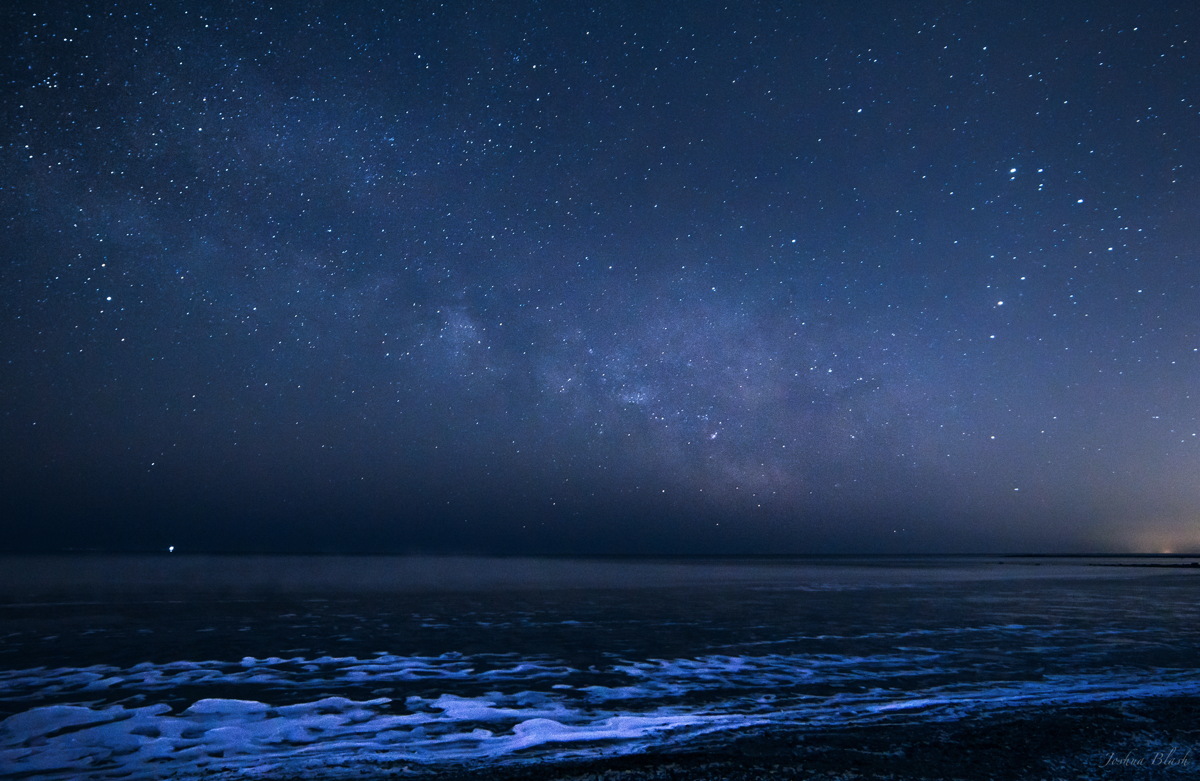
Thursday, March 5, 2015: Astrophotographer Joshua Blash sent in a photo of the Milky Way over Rye Beach, New Hampshire, taken Feb. 28, 2015, which he titled, "Shores of the Cosmic Ocean." He writes in an email message to Space.com: "With the Milky Way just starting to become visible again, I figured I would try to catch a glimpse while we were in-between snow storms, here in New Hampshire. In -6 degree weather, I headed over to a snowy Rye Beach and shot this around 4:30 am last Saturday, but I only had about an hour before the blue hour started."
— Tom Chao
Violent Outburst
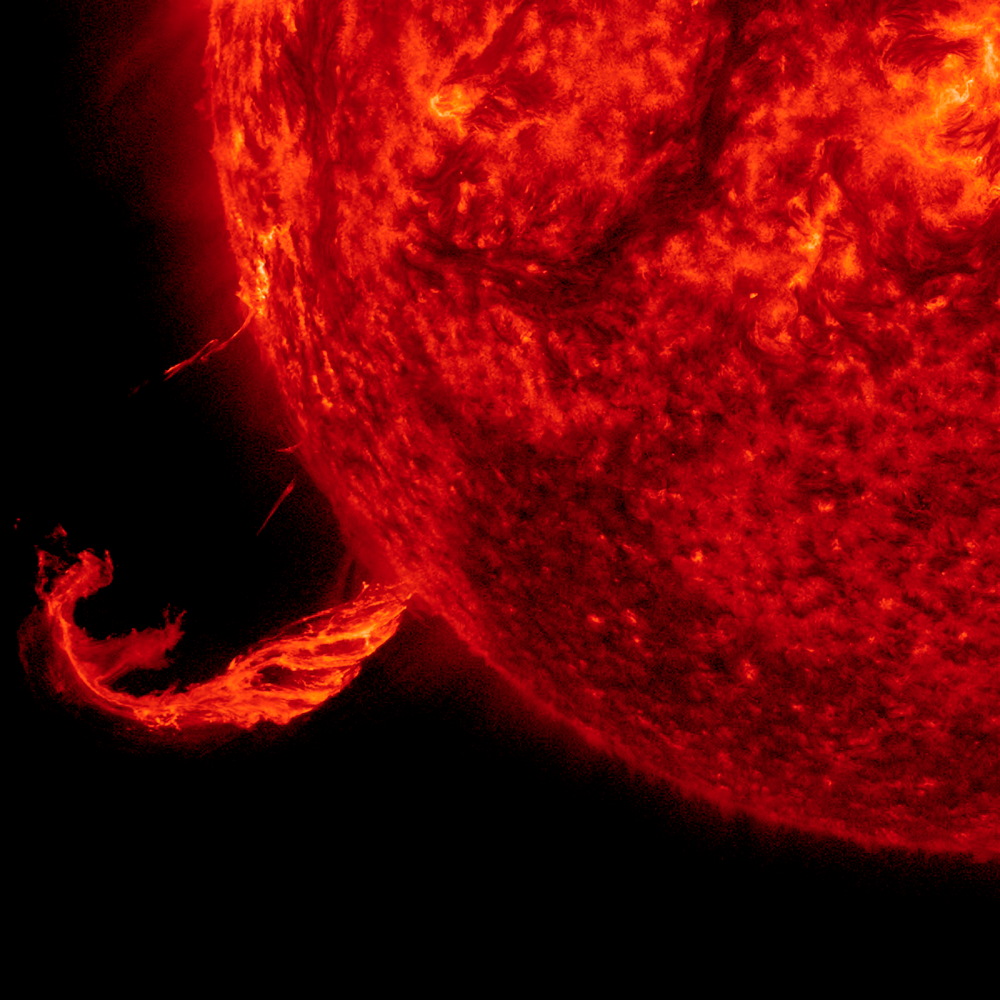
Friday, March 6, 2015: On Feb. 24, 2015, the sun flung out a coronal mass ejection with part of a solar filament over a 3-hour period. Some of the filament’s strands fell back into the sun, while a substantial part hung in space as a bright cloud of particles, as observed by the SOHO spacecraft in a wavelength of extreme ultraviolet light. The outburst occurred on the edge of the sun and was not expected to have any effect on Earth.
— Tom Chao
Vortex
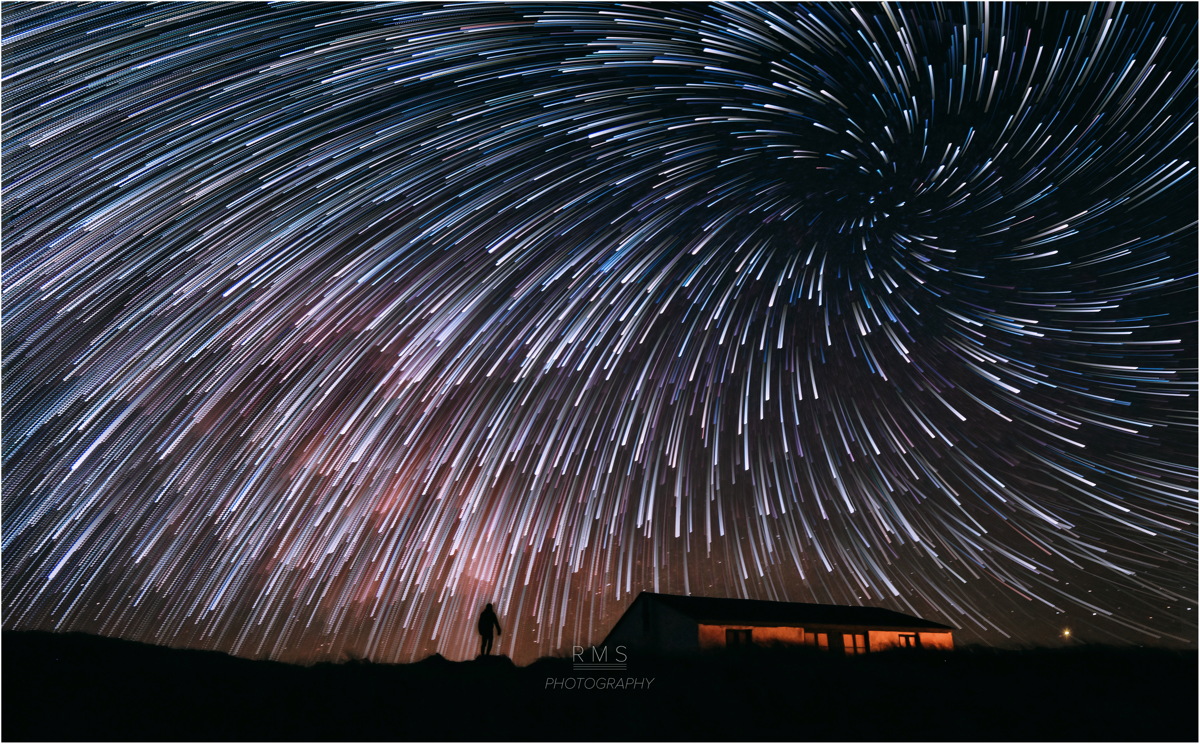
Monday, March 9, 2015: Astrophotographer Ruslan Merzlyakov sent in a image showing a vortex of star trails created using Photoshop. He writes in an email message to Space.com: “I made a ‘selfie’ (yes, I am standing right there) in Stenbjerg, Thy National Park, Denmark.” That location lies on the coast in Northwest Jutland, Denmark. Image submitted March 5, 2015.
— Tom Chao
Get the Space.com Newsletter
Breaking space news, the latest updates on rocket launches, skywatching events and more!
It's So Chaotic
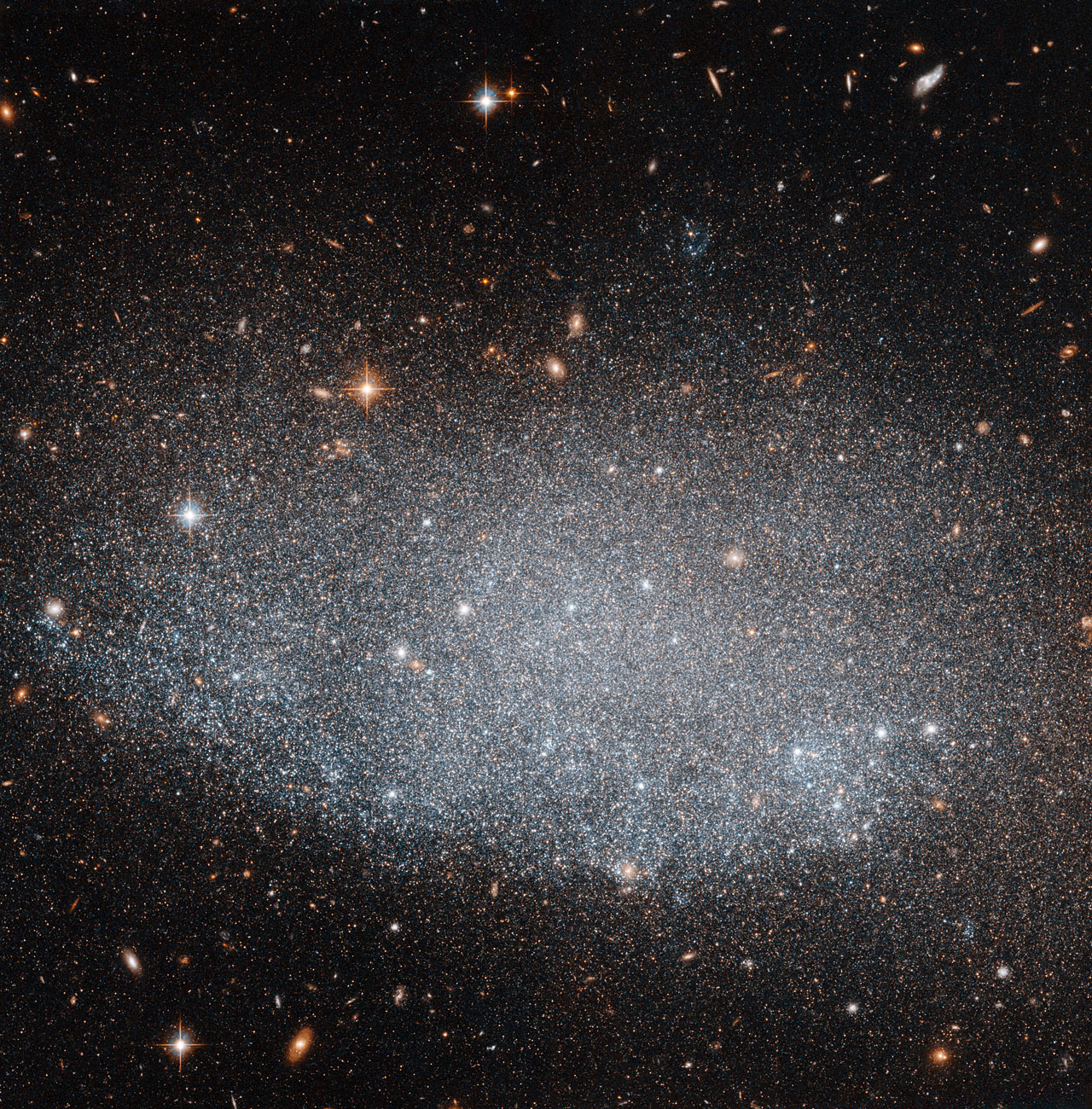
Tuesday, March 10, 2015: UGC 8201 is classed as a dwarf irregular galaxy due to its small size and chaotic structure. It lies roughly 15 million light-years away in the constellation of Draco (the Dragon). UGC 8201 recently finished a lengthy period of star formation, having significant impact on the whole galaxy. This activity went on for several hundred million years, producing a high number of newborn bright stars. These stars make up the dominating light source within the galaxy. This process also altered the distribution and amount of dust and gas between the galaxy’s stars. Remaining to be answered is the question of how relatively isolated, low-mass systems such as dwarf galaxies sustain star formation for extended periods of time. Image released March 9, 2015.
— Tom Chao
Slump
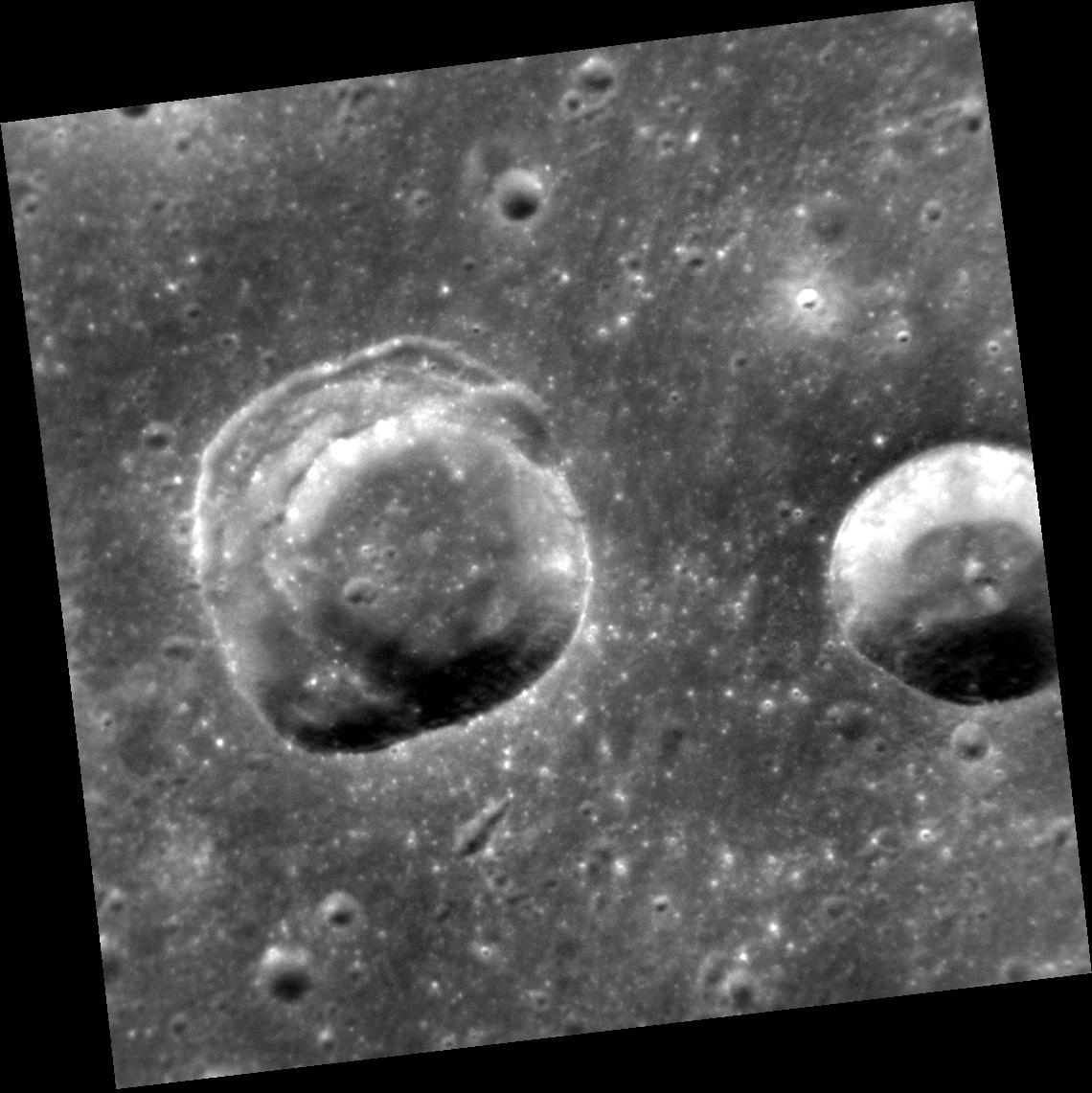
Wednesday, March 11, 2015: This view of Mercury shows two craters. The one on the left possesses a sharp rim for about one-quarter of its circumference (at the right side). The other three quarters are marked by a broad terrace, created by slumping and inward movement of material, the cause of which is unknown. Possible factors involved in the slumping include the strength of the target material, the angle of the impact, topography, buried topography or structures, and local or regional tectonics. Image acquired on Jan. 19, 2014 and released March 9, 2015.
— Tom Chao
'Breaking Twilight'
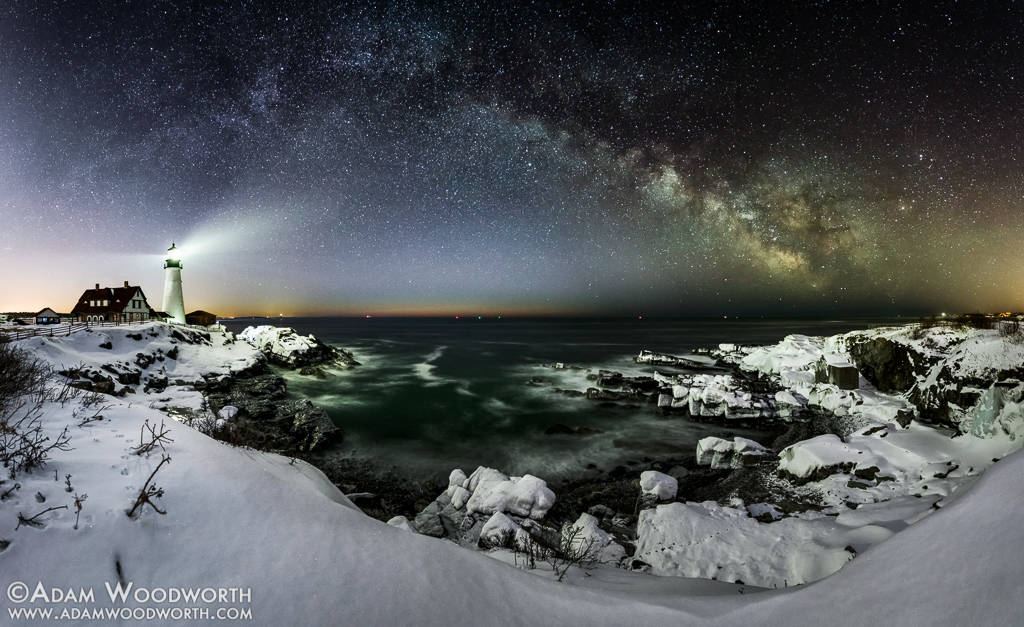
Thursday, March 12, 2015: Astrophotographer Adam Woodworth captured a star-filled night sky over a lighthouse in Maine. He writes in an email message to Space.com: "I'd been hoping to get a Milky Way shot at Portland Head Light for a couple of years now, but I never got out there early enough in the year to capture the Galactic Center before it was too far south for this location. I didn't have a pano[rama] in mind for this originally but as I was planning the shoot I thought I'd give it a try. I haven't tried Milky Way panoramas much, and this is is my first successful one.
"You'll notice that the photo goes from dark on the right to bright on the left. The shots that make up this panorama were taken at the start of astronomical twilight, which means that the sun was approaching the horizon (but still about 90 minutes away from sunrise) and close enough that its scattered light brightens the horizon. The glow starts around the area where the sun will rise, which is why the middle-left side of the image is brighter, and then on the far left it goes into light pollution from the Portland area and gets very bright. But also, the shots took about 15 minutes, so within that time the earlier shots (I started from the right) would be darker than the later shots as the sun was getting closer to the horizon." Image submitted March 2, 2015.
— Tom Chao
MMS Launch

Friday, March 13, 2015: An Atlas V rocket carrying NASA’s Magnetospheric Multiscale (MMS) spacecraft launches from the Cape Canaveral Air Force Station in Florida, on March 12, 2015. NASA’s MMS mission, which consists of four identical spacecraft flying in formation, will study how magnetic fields around Earth connect and disconnect. [Read full story.]
— Tom Chao
Join our Space Forums to keep talking space on the latest missions, night sky and more! And if you have a news tip, correction or comment, let us know at: community@space.com.


